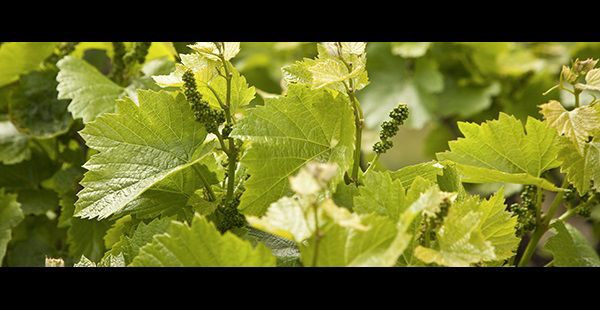Pest Profile: Mealybugs
May 5, 2017

Mealybugs create a foul, unattractive mess that can render your grapes unfit for sale.
These pests excrete honeydew, a sweet, sticky substance that drops on leaves and fruit. Honeydew not only attracts ants, but also serves as a growth medium for damaging, unsightly sooty mold.
But there is a bright side: Once mealybugs are detected, growers have several strong options for control.
Pest Identification
Adult female mealybugs are oval with soft, flat, segmented bodies. Although pinkish in color, they are covered in a white, waxy coating that forms spines. Mealybugs are found in wood crevices or on berries and leaves. They prefer vigorous vines with thick canopies. Ants acerbate the problem, protecting mealybugs from predators and feeding on honeydew.
Symptoms and Impact
Actual feeding damage from mealybugs is minimal, but they do affect marketability of crops with the mess they leave behind — cottony egg sacs, dead mealybugs, mealy looking wax, drops of honeydew on leaves and fruit, ants and sooty mold. On top of that, mealybugs are vectors for the grapevine leafroll virus.
Control and Management Options
Mealybug problems are best managed through a mix of cultural and chemical controls.
Growers should prune canes to avoid excessive foliar vigor and control ant populations. Additionally, Movento® from Bayer has proven itself to be highly effective against all stages of the mealybug life cycle. Its two-way systemic action distributes broad-spectrum control, finding and killing pests in dense crop canopies and on plant roots.
For more information on protecting vineyards from mealybugs, contact your local Bayer representative.